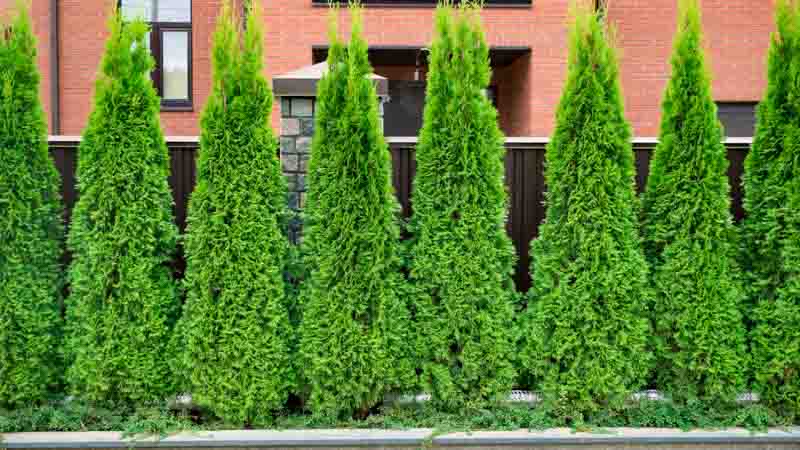Eastern White Cedar: Embracing Nature's Elegance
Eastern White Cedar (Thuja occidentalis), also known as Northern White Cedar, is a versatile and widely planted evergreen tree in the cypress family.
Species: Thuja occidentalis is a member of the Thuja genus, known for its ornamental and practical value. This species is distinct for its unique foliage and growth patterns, which have led to the development of numerous cultivars with varying characteristics.
Native: This tree is native to eastern North America, particularly found in the northeastern United States and southeastern Canada. It grows naturally in a range of environments, from wet bogs to rocky outcrops, showcasing its adaptability.
Habit: Eastern White Cedar typically exhibits a conical to pyramidal growth habit, with a naturally narrow shape. In the wild, it can grow into a tall, slender tree, but many garden cultivars maintain a more compact form, making them suitable for various landscape uses.
Hardiness: This species is hardy in USDA zones 2 through 7. It is particularly noted for its ability to withstand cold climates, making it a popular choice in northern landscapes.
Foliage: The tree’s foliage consists of flat, scale-like leaves that form dense, fan-shaped sprays. The color is typically a lush green, which may turn slightly bronze in colder winters.
Uses: Eastern White Cedar is extensively used in landscaping for privacy screens, hedges, windbreaks, and ornamental plantings. It is also a popular choice for topiary and garden sculptures, thanks to its dense foliage and ease of pruning.
Benefits: In addition to its aesthetic appeal, it provides year-round privacy and wind protection. It’s a low-maintenance tree that supports local wildlife, offering shelter and nesting sites.

